A month after taking pole and nearly winning on the Indianapolis road course in only his third IndyCar start, Romain Grosjean’s back on the grid for this weekend’s Detroit double-header – having had a month off while everyone else had their heads buried in the Indy 500.
Before the season you might have been tempted to put some money on Detroit being where Grosjean would make his breakthrough.
It’s a place his Dale Coyne Racing team has starred in the past – see its three podium finishes across the two races of the 2013 double-header with race one winner Mike Conway and Justin Wilson or its 2016 second place with Conor Daly – and the team’s had a knack for making things happen in chaotic street races, hence its pair of St Petersburg wins with Sebastien Bourdais.
But it’s memories of St Pete this year that mean Grosjean comes to Detroit with a point to prove and amid a question mark rather than being among the favourites.
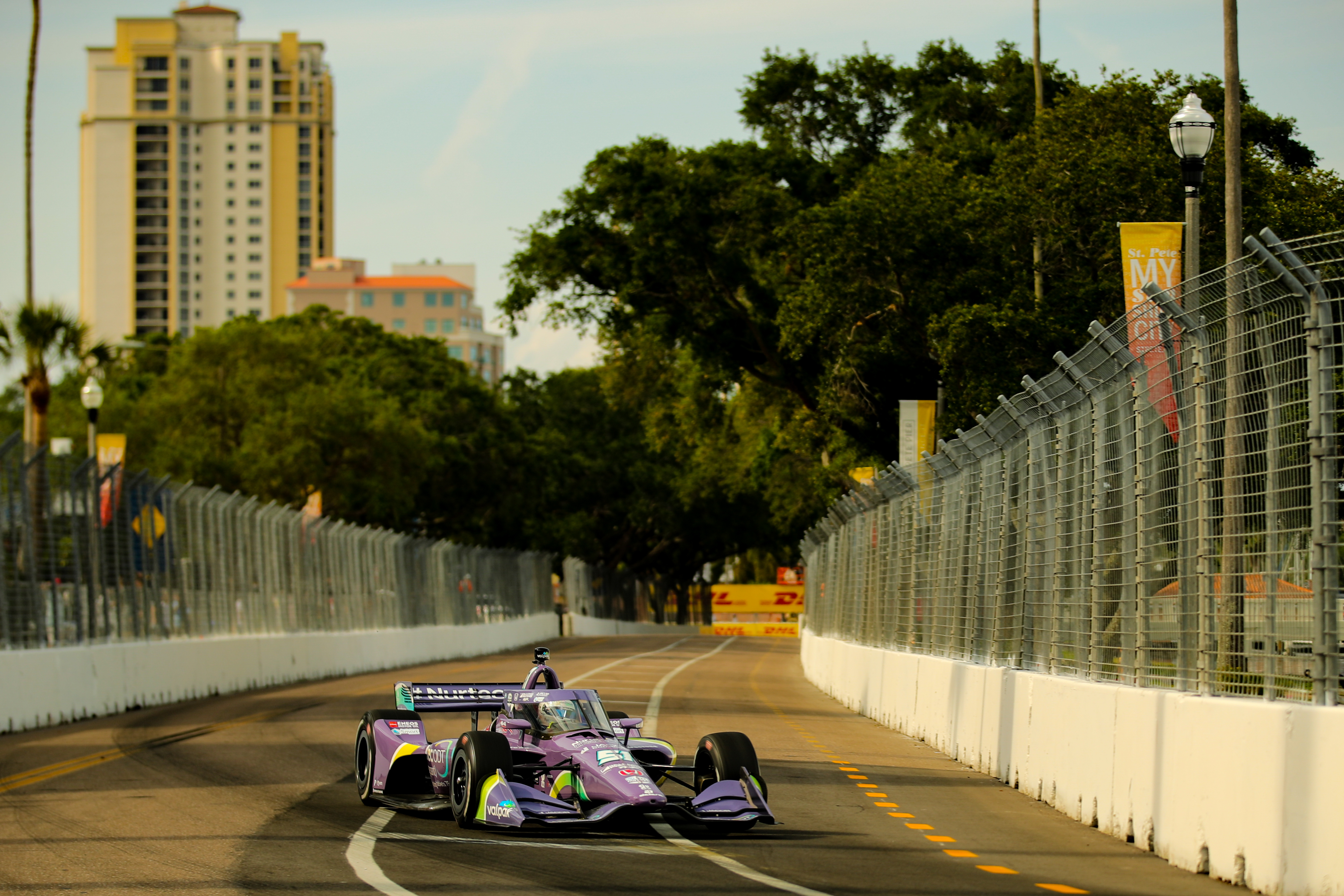
He was outstanding on his debut at Barber Motorsports Park and again on the Indy road course, but a set-up miscue in St Pete left him only 18th on the grid and unable to convert it into much in a race that offered few curveballs.
Coyne tried some big set-up changes for qualifying and they didn’t pay off, and with IndyCar so close Grosjean was then stuck on row nine. He didn’t feel the set-up chosen for the race quite worked either.
Thanks to the pandemic-related calendar changes, St Pete’s the only street course IndyCar has raced at since Bourdais and Coyne split at the end of 2019, so it’s not yet clear whether its muted form there in both 2020 and ’21 is a sign of just losing its edge at what was once its happiest hunting ground or a wider problem with DCR’s street course set-up.
And that set-up’s also being refined to work for Grosjean, who’s also still reprogramming himself to drive an IndyCar.
When he appeared on The Race IndyCar Podcast last month, Grosjean made clear that he ‘really loves’ the style required for IndyCar and that it suits his natural way of driving a car, but his description also showed how big an adjustment it is.
“In Formula 1, you have 1000 horsepower. So the key is to exit the corner and go on throttle as soon as you can,” he said.
“Whereas in IndyCar I feel like the key is to carry more momentum into the corner, and being able to release the brake, and not have too much understeer, and then eventually go on throttle.
“I guess you’ve got a little less horsepower. So it is less key to go early on throttle and the tyre’s a bit different, they can actually cope nicely with some braking and some turning.”
It’s easy to envisage how at least some elements of that might be easier to accomplish on a flowing road course like Barber rather than the tight and bumpy street tracks on the calendar – while also feeling confident that Grosjean’s natural hustling ability means it’ll be something he rapidly cracks.
Ideally, he needs to make sure qualifying in Detroit goes smoother than it did in St Pete, though that’s easier said than done. An hour and 15 minutes of practice on Friday is a good starting point at another totally unfamiliar track but the revised qualifying format this weekend is a curveball.
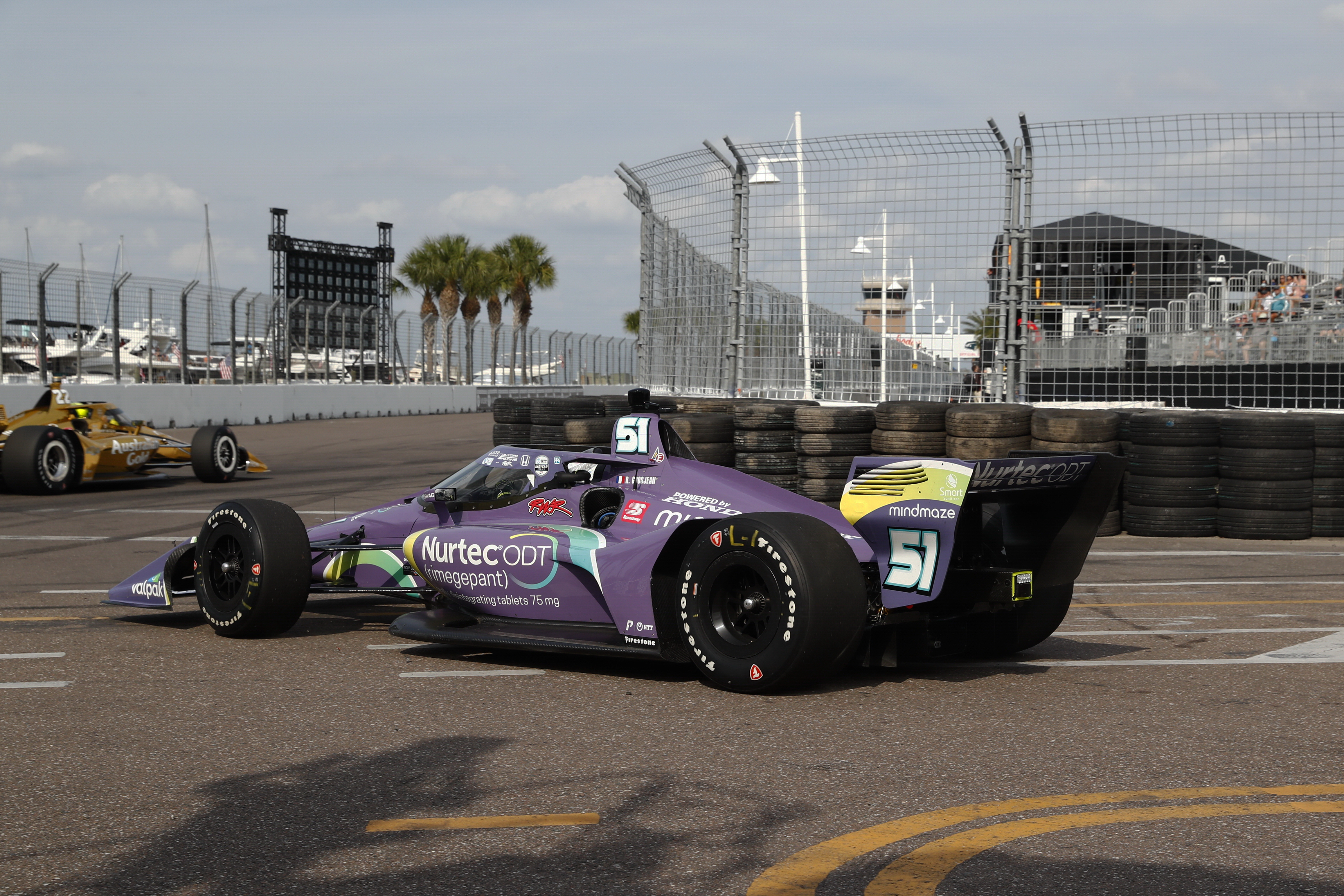
Usually, the standard road course knockout system has been swapped for a more straightforward group split in the Detroit double-header timetable – the field is split into two, they have a short session each and line up down either side of the grid in group qualifying order, with the overall fastest driver’s group on the pole side.
This time there what IndyCar describes as an ‘abbreviated knockout format’ in place, where the top six from each group go into a ‘Fast 12’ pole shootout. The quirk is that where in the 2019 Detroit schedule there was 13 minutes per group, now there’s just 10 each in the first stage and the clock doesn’t stop if there’s a red flag.
On a circuit that invites mistakes and chaos, that’s a very narrow and unpredictable window to book your place in the pole shootout and it’ll be very easy to end up somewhere between 13th and 25th on the grid regardless of your actual pace.
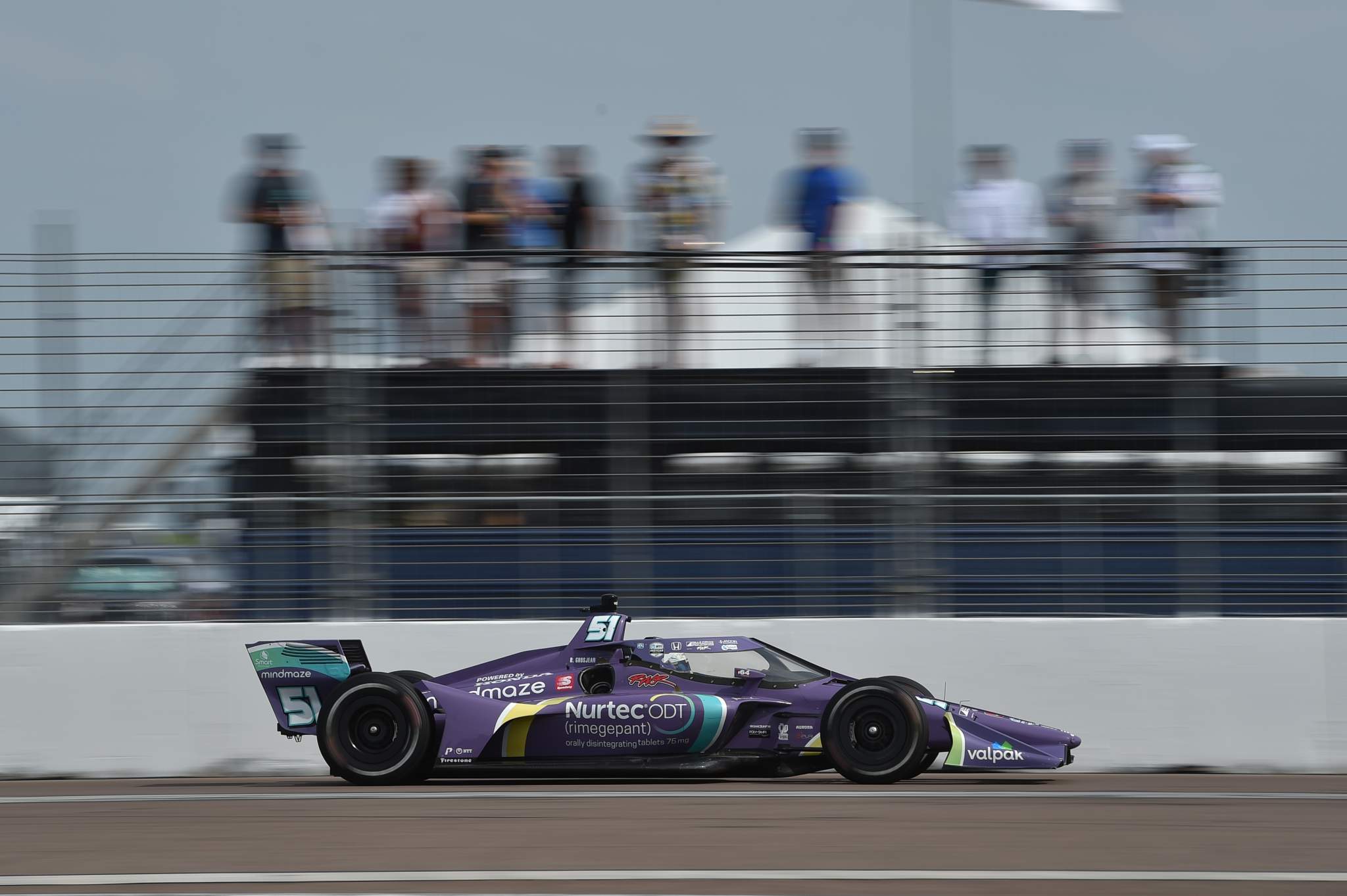
Conversely, Detroit’s reputation for madness means – even though passing is tough – qualifying can often be completely irrelevant. More than any other event on the IndyCar calendar, this is a place where hurling everything at an off-sequence strategy gamble can pay off when yellows turn the races inside out. Carlos Munoz’s win in the wet in 2015 from 20th on the grid and Bourdais’ in 2016 from 13th are among the many, many examples.
Further back, see also PacWest nearly pulling off an out of the blue 1-2 with Mauricio Gugelmin and Mark Blundell on an unthinkable one-stop strategy in 1997. The fact they both ran dry on the last lap (Blundell two corners from victory) doesn’t mean it wasn’t worth a go for a team that was still hunting for its big break at that point.
Graham Rahal’s commanding sweep of the whole 2017 Detroit double-header was very much an exception, as Rahal himself admitted recently.
“There was nothing abnormal. There was the red flag with two to go in the one race. The races were pretty green. There was nothing that really strategy-wise could have hurt me, no closed pits under yellow, none of that sort of stuff,” he recalled.
“That’s traditionally not Detroit. There’s a lot of alternate strategies that play a role. All it takes is you get one slow guy in the midfield that backs everybody up so much that all of a sudden an alternate strategy can suddenly work.”
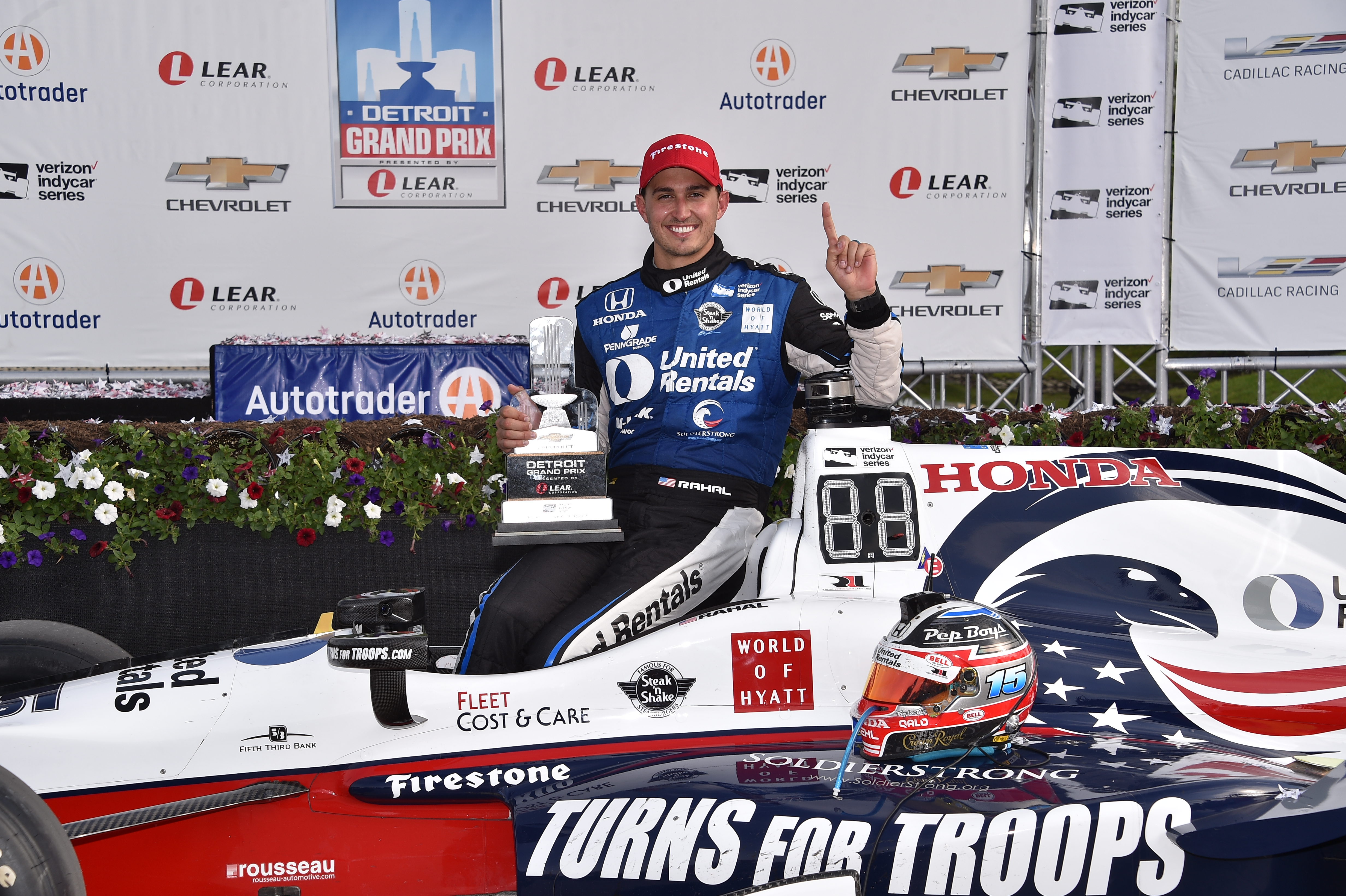
With his part-time schedule meaning, he has no need whatsoever to worry about the points, Grosjean is in a great position to go for broke on strategy if qualifying hasn’t worked out. The double-header format also gives him another chance for a complete set-up reset if Saturday doesn’t go well.
There’s one more random factor that could play in Grosjean’s favour too: with Detroit not on the 2020 calendar and impossible to test at, everyone starts from zero when it comes to set-ups that work for the added weight of the aeroscreen.
So Grosjean comes to Detroit with momentum from nearly winning on the Indy road course and knowing this weekend won’t be defined by a single qualifying session and will offer multiple chances to try something different. The St Pete performance means he can’t be at all confident of being as competitive as he was in his last weekend, but neither does it doom him to struggling in Detroit.
And anyway, mastering an IndyCar on a street course might soon feel like barely a culture shock at all given what could be coming up for Grosjean later this year.
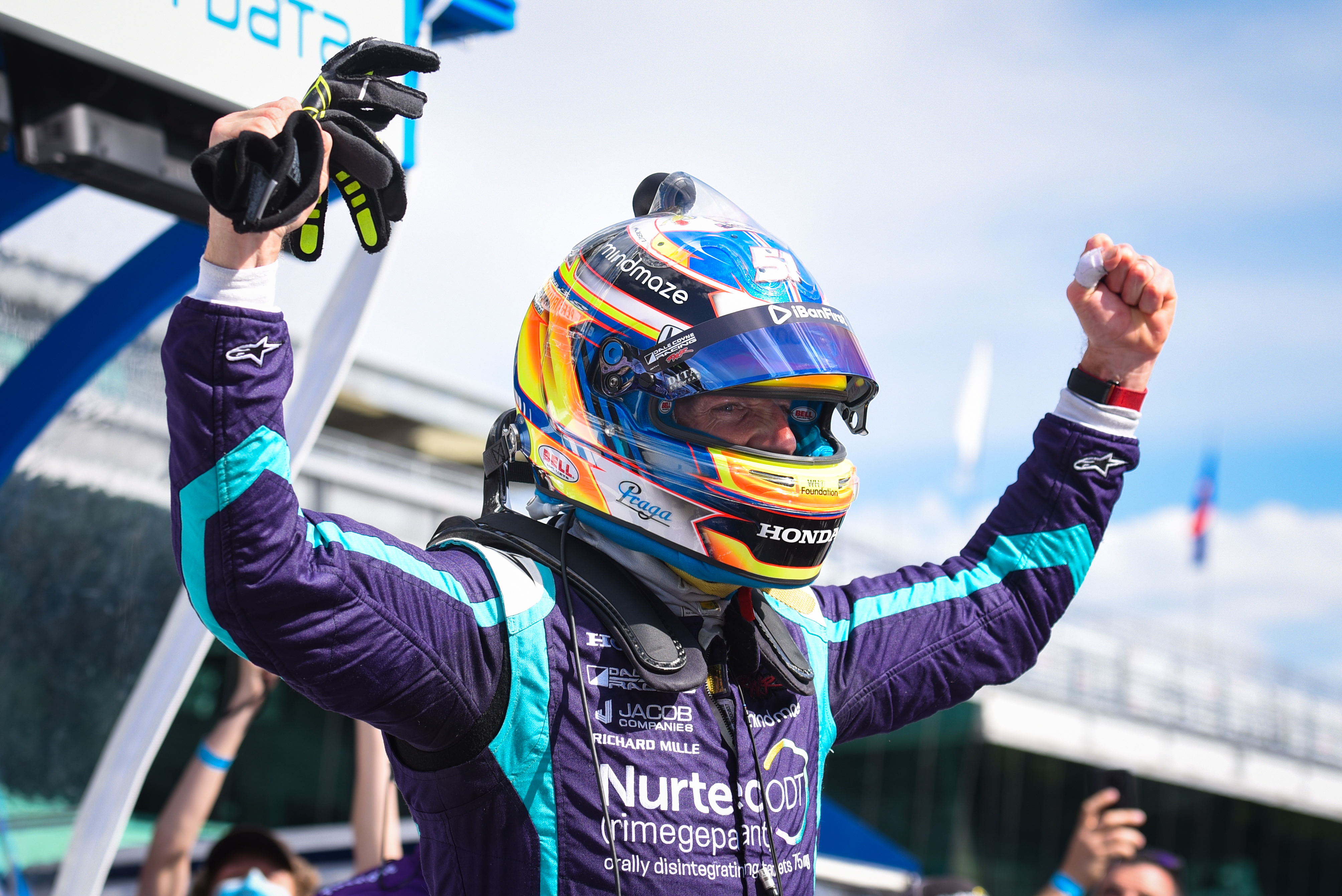
The Race understands that Dale Coyne Racing is assessing the possibility of entering Grosjean for the Gateway oval in August, as he looks to sample the discipline before deciding on whether to commit to a full IndyCar schedule next year.
Gateway is understood to be under consideration to absorb the cancelled Toronto race and become a double-header – so Grosjean could get two oval races there – but Mid-Ohio at the start of July is believed to be the favourite to take that double-header slot.
That’s for further down the line. Right now, Grosjean is back on a street track where either winning from pole using the pace he showed at Indy or winning from 20th because Coyne plays a tactical blinder is entirely conceivable.







